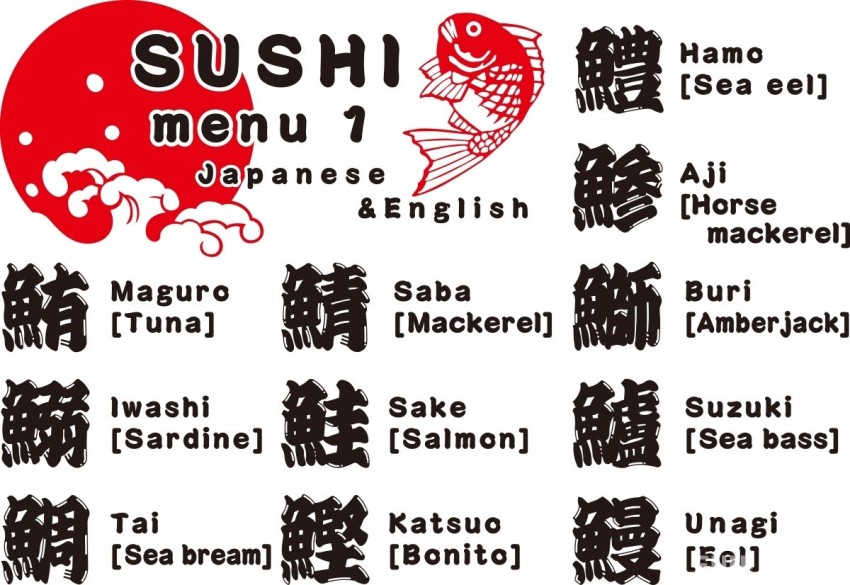
Japan, an island nation surrounded by the sea, has a long history of consuming a wide variety of fish. Many fish-related kanji characters contain the "fish" radical, and if you visit a sushi restaurant or izakaya in Japan, you might come across these characters on the menu. Understanding the meanings and readings of these fish-related kanji will surely make your dining experience even more enjoyable!
In this article, we will thoroughly introduce the meanings and readings of fish-related kanji, along with details about their taste, texture, and peak seasons.
Does "鮨" Mean Sushi?
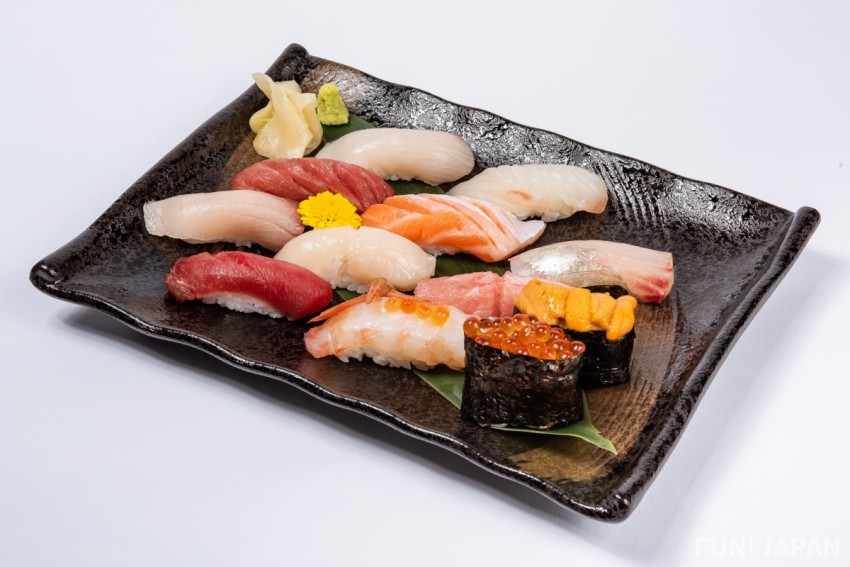
Meaning, Etymology, and Origins of "鮨"
The kanji "鮨" consists of the fish radical combined with "旨" and is read as "SUSHI." In ancient China, this character referred to pickled fish or salted seafood. In Japan, "鮨" originated as "narezushi," a dish where salted fish and rice were fermented to develop a natural sourness. In the past, sushi was often written as "鮓" or "鮨." Interestingly, the word "sushi" is believed to come from the old Japanese word "酸(す)し," meaning "sour."
The Difference Between "鮨" and "寿司" and How They Are Used
The kanji "寿司 (SUSHI)" that is commonly used today became popular from the Edo to Meiji periods. It is considered an ateji (phonetic kanji with a meaning-based twist) used to give sushi a more auspicious image. "寿 (KOTOBUKI)" means happiness or longevity, while "司 (TSUKASADORU)" means to govern or be in charge of something. Nowadays, both "鮨" and "寿司" refer to sushi, and there is no difference in meaning.
Even sushi restaurants use different kanji variations in their names, such as "〇〇鮨店," "××寿司店," or "★★寿し." All are correct, and there are no strict rules for distinguishing or using them.
Japan is Full of Kanji for Fish Such as Tuna and Salmon!
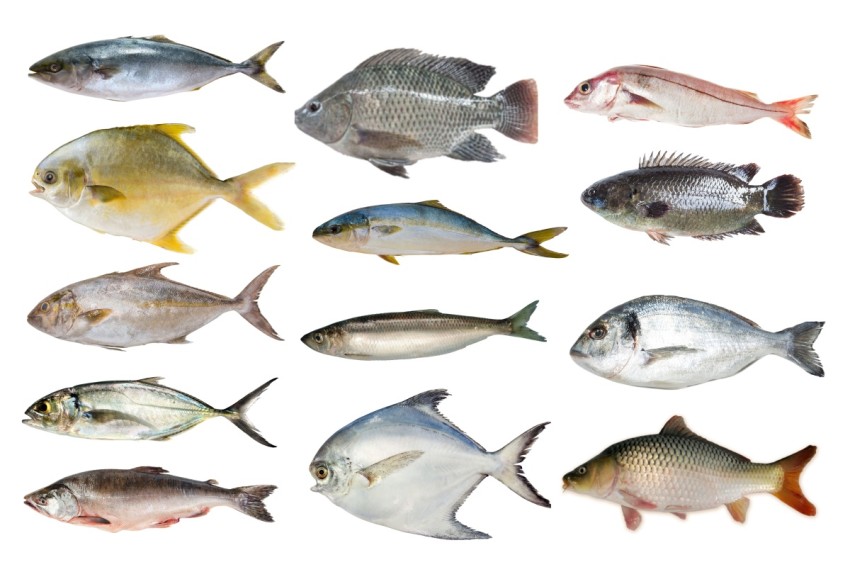
The Reason Behind Japan's Many Fish Kanji
Kanji characters originated in China, and many of the kanji used in Japan today are the same as those in China. However, many fish-related kanji that use the fish radical were uniquely created in Japan.
List of Common Fish-Related Kanji in Japan
| Fish Type Kanji (Hiragana, Reading) | Translation | Meaning of Kanji |
| 鮪 (まぐろ, MAGURO) | The character "有" means "to enclose." It is said that this kanji was chosen because tuna migrate in large schools, surrounding the ocean. | |
| 鮭 (しゃけ, SHAKE) | Originally written as "鮏" (fish + raw "生"), this was changed to "鮭" because "raw-smelling fish" had a negative image. | |
| 鯖 (さば, SABA) | Since mackerel is a representative blue-backed fish, the kanji "青" (meaning "blue") was combined with the fish radical. | |
| 鰹 (かつお, KATSUO) | Known for its firm flesh, the kanji "堅" (meaning "hard") was used alongside the fish radical. | |
| 鯛 (たい, TAI) | "The kanji "周" (meaning "surrounding") was used because this fish can be found in seas all around Japan. | |
| 鰈 (かれい, KAREI) | The kanji "枼" (which appears in words for "leaf" and "butterfly") was used because of its flat appearance. | |
| 鰻 (うなぎ, UNAGI) | The character "曼" (used for trailing vines) was chosen because eels are long and slender. | |
| 鯵 (あじ, AJI) | The kanji "参" (which means "to gather") was used because this fish swims in large schools. | |
| 鮃 (ひらめ, HIRAME) | The kanji "平" (meaning "flat") was chosen because of its flat body shape. | |
| 鱈 (たら, TARA) | Since cod is caught in large quantities during snowy winters, the kanji "雪" (meaning "snow") was incorporated. |
What is 鰤?
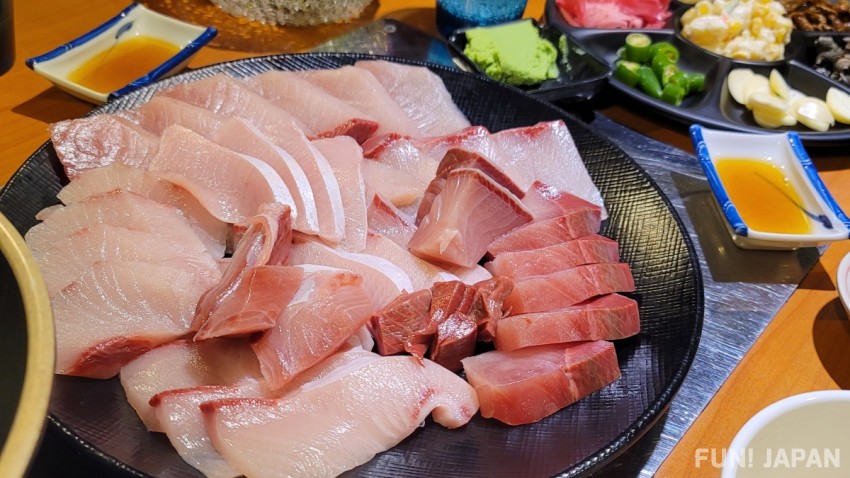
Kanji Explanation
鰤 is read as "BURI." This fish is known as a "shusseuo," meaning its name changes as it grows. Juveniles under 7cm are called "モジャコ," at 15cm they become "ワカシ," at 40cm they are "イナダ," at 60cm they are "ワラサ," and once they reach 1 meter, they are called "buri."
There are different theories about why the kanji "師" (shi) is used in its name. One theory suggests it comes from "Shiwasu," the Japanese word for December, when buri is in season. Another theory is that "師" refers to elders, as buri is fully grown at this stage.
About the Fish
Flavor & Texture
Buri is known for its rich fat content, but it is not overly greasy. It has a deep umami flavor and a refined taste.
There are two main parts of the fish: "semi" (back meat) and "harami" (belly meat). The back meat has less fat, a firmer texture, and a lighter taste. The belly meat is fattier and has a richer, more intense flavor.
Seasonality
Buri is a migratory fish and can be caught year-round, but it is best in winter (December–February). During this season, buri has a higher fat content and is called "kan-buri" (winter buri).
Main Production Areas
The main fishing areas for wild buri are Nagasaki, Hokkaido, and Chiba. The main farming areas for buri are Kagoshima, Ehime, and Oita.
Recommended Ways to Eat
Buri is delicious raw as part of sashimi platters, sushi toppings, kobujime (kelp-cured), or carpaccio. When cooked, it is often prepared as teriyaki or grilled with herbs. "Buri daikon," a dish where buri is simmered with daikon radish until tender, is also highly recommended.
What is 鰆?
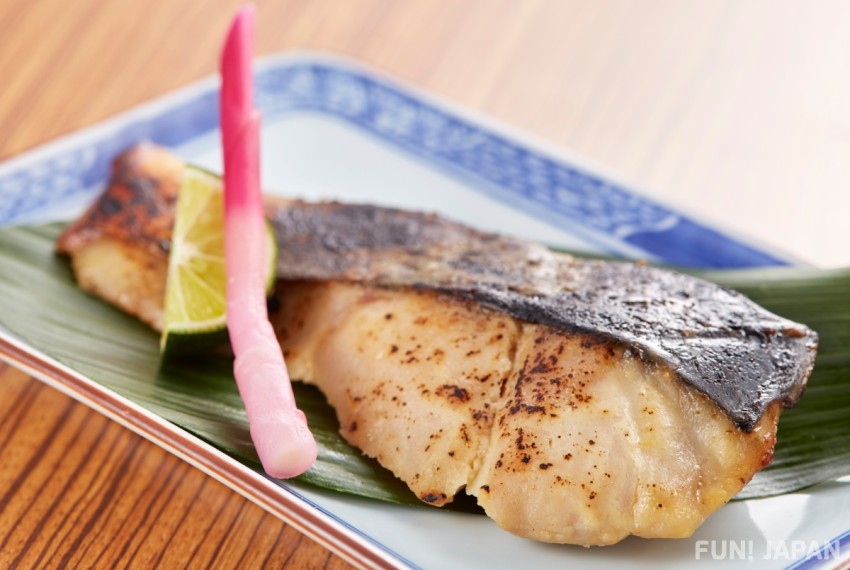
Kanji Explanation
鰆 is read as "SAWARA." It consists of the fish radical (魚) and "spring" (春), as the fish is traditionally considered to be in season during spring. However, sawara is actually a migratory fish and can be caught year-round in Japan, from southern Hokkaido to Okinawa.
Like buri (yellowtail), sawara is a "shusseuo" (a fish whose name changes as it grows). Smaller ones are called "sagoshi," and once they grow larger, they are called "sawara." Some can exceed 1 meter in length.
About the Fish
Flavor & Texture
Sawara has a light, delicate flavor in spring, while in winter, it develops a richer taste due to its higher fat content.
Seasonality
The peak season varies by region. In Kanto, sawara is best from December to February, while in Kansai, it is considered a spring fish, with its season from March to May.
Main Production Areas
Sawara is caught across a wide range of Japan, from southern Hokkaido to Okinawa, including the Pacific Ocean and the Seto Inland Sea. Fukui and Kyoto are especially known for their sawara catches.
Recommended Ways to Eat
The best way to enjoy sawara is as sashimi, known for its mild sweetness and refined taste. There's even a saying that "sawara sashimi is so good, you'll want to lick the plate." Another classic preparation is "saikyo-yaki," where the fish is marinated in Saikyo miso and sugar before being grilled. This dish is famous for its unique aroma and subtle sweetness.
What is 鱧?
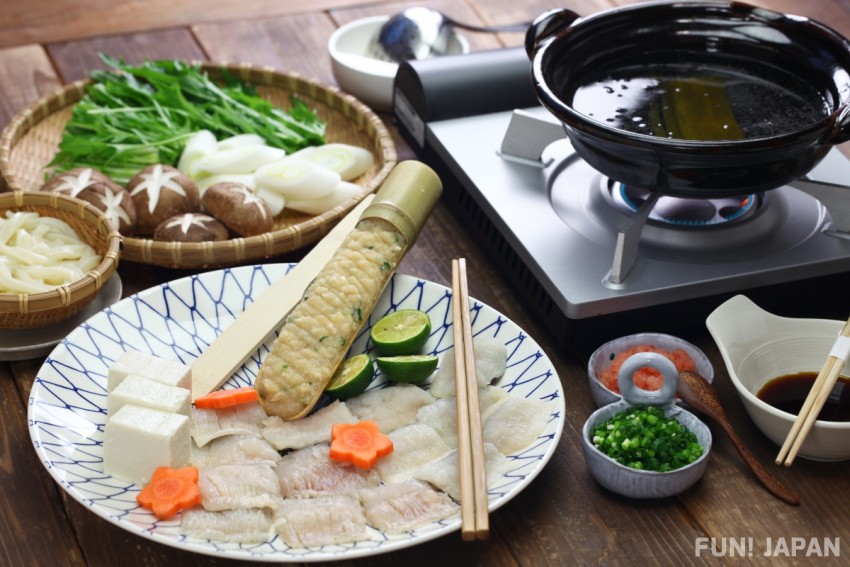
Kanji Explanation
鱧 is read as "HAMO." The character consists of the fish radical (魚) and "豊" (abundance). Hamo is a large, carnivorous fish that lives in rocky coastal areas and sandy seabeds. It can grow up to 2 meters long.
There are different theories about the origin of its name. One suggests that it comes from "hamu," meaning "to bite and swallow," referring to the fish's large mouth and sharp teeth. Another theory is that it comes from "hami," an old word for snakes, since hamo looks similar to a snake.
About the Fish
Flavor & Texture
Hamo has a light, delicate flavor but is rich in umami. However, if it is not fresh, it becomes stiff and tough, so it must be cooked while still fresh.
Seasonality
Hamo has two peak seasons: the first from June to July, and the second from October to November.
In Kansai, hamo is considered a summer delicacy and reaches peak season from the rainy season until late July.
Main Production Areas
Tokushima is one of the top-producing regions for hamo in Japan.
Recommended Ways to Eat
Hamo has many small bones that are difficult to remove, so it is usually prepared using a special cutting technique called "hamo no honekiri" to finely chop the bones. Popular dishes include hot pot, yubiki (lightly boiled and chilled hamo), tempura, and sashimi. Among these, tempura is especially popular, featuring a crispy coating and a soft, fluffy interior.
What is 鯰?
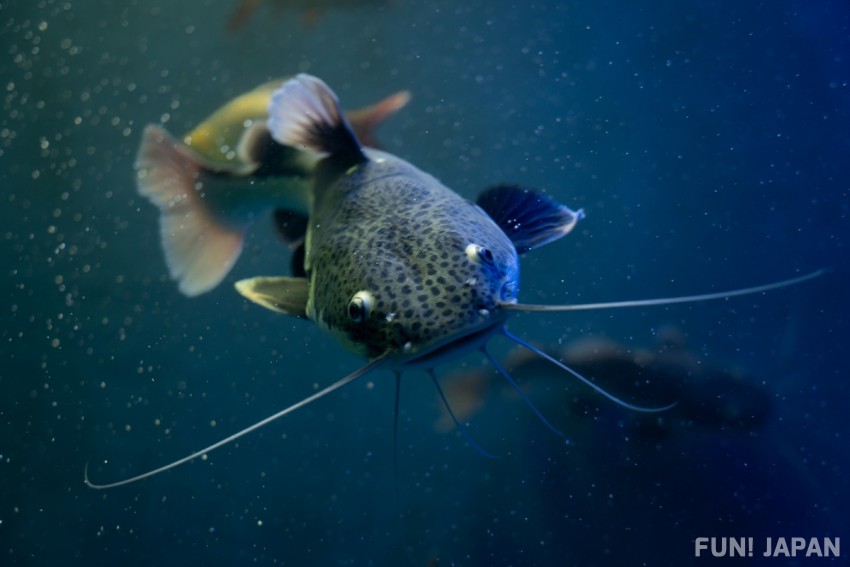
Kanji Explanation
鯰 is read as "NAMAZU." It consists of the fish radical (魚) and the character "念" (nen). In China, the word for catfish is written as 鮎, which is pronounced "nen." However, in Japan, the kanji 鮎 is already used to refer to "ayu" (sweetfish), so a new kanji was needed to represent "namazu." It is said that the character "念," which has the same pronunciation as "nen," was combined with the fish radical to create 鯰.
Namazu is a nocturnal freshwater fish that inhabits the bottom of rivers and lakes throughout Japan. It has long whisker-like barbels and is a carnivorous fish that feeds mainly on small fish, frogs, and shrimp.
About the Fish
Flavor & Texture
Namazu has a rich, fatty taste similar to eel. However, depending on its habitat, it may have a slightly muddy flavor.
Seasonality
Namazu is in season from autumn to winter.
Main Production Areas
Namazu is found throughout Japan, except for Okinawa. Yoshikawa City, located in southeastern Saitama Prefecture, is especially known for its catfish cuisine.
Recommended Ways to Eat
Popular dishes include kabayaki (grilled with a sweet soy glaze), tempura, sashimi, and soups.
What is 鱒?
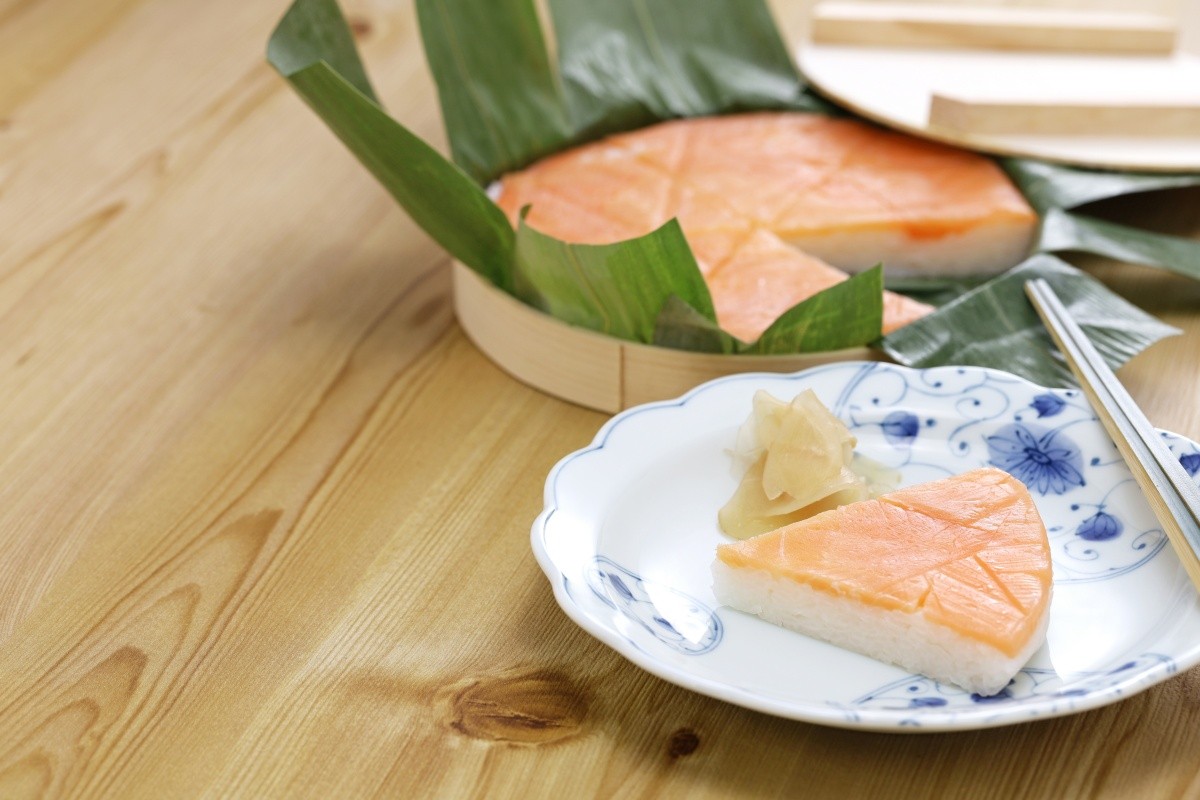
Kanji Explanation
鱒 is read as "MASU." In Japan, the fish develops a reddish belly during the spawning season, similar to the Chinese fish called "鱒," which means "red-eyed fish." This resemblance is believed to be the reason the same kanji was adopted.
Masu belongs to the Salmonidae family and includes various fish with "masu" in their Japanese names. There is no clear distinction between "sake" (鮭, salmon) and "masu" (鱒, trout) in Japanese. In English, however, "salmon" generally refers to fish that migrate to the ocean, while "trout" refers to fish that spend their entire lives in freshwater rivers and lakes.
About the Fish
Flavor & Texture
Compared to salmon, masu has a lighter, more delicate flavor with a mild umami taste. Rainbow trout (nijimasu) has soft flesh and a refined flavor, while cherry salmon (sakuramasu) has a rich, fatty taste with tender meat. Sakuramasu is also known as a luxury fish.
Seasonality
Sakuramasu is in season from March to May during spring. Rainbow trout, which is commonly farmed, is available year-round.
Main Production Areas
Shizuoka Prefecture has the highest production of farmed rainbow trout in Japan.
Recommended Ways to Eat
Wild sakuramasu may contain parasites, so eating it raw as sashimi is not recommended. Instead, popular dishes include butter steak, grilled kama (collar), and meunière. Farmed rainbow trout, however, is safe to eat as sashimi.
What is 鮎?
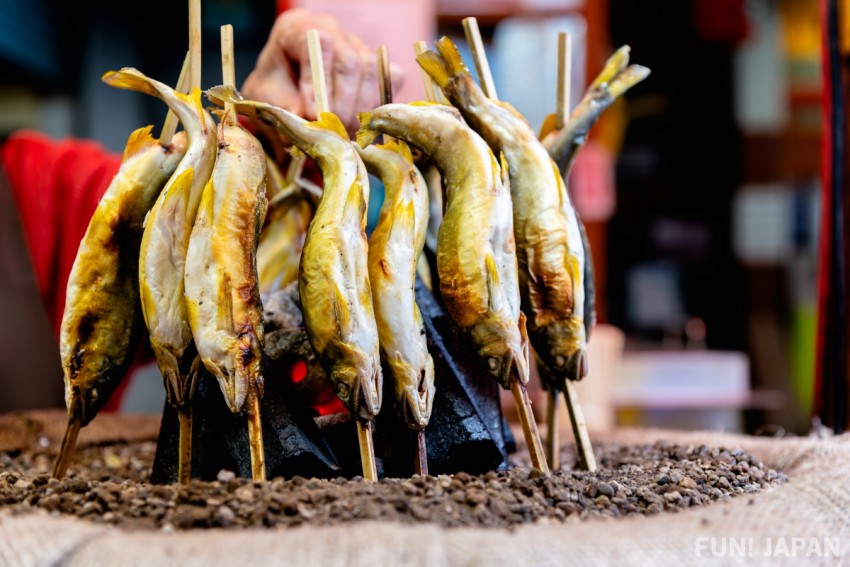
Kanji Explanation
鮎 is read as "AYU" and consists of the fish radical (魚) and the character "占" (sen). According to legend, Empress Jingū (Jingū Kōgō) used ayu to predict the outcome of a battle. Because of this, the kanji "占," which means "fortune-telling" in Japanese, was combined with the fish radical to form "鮎."
Ayu is a freshwater fish with a slender body, growing up to about 30 cm in length. Wild ayu live in clean rivers.
About the Fish
Flavor & Texture
Ayu from pristine rivers are said to have a fragrance similar to watermelon or cucumber, earning them the nickname "kōgyo" (fragrant fish).
Seasonality
Ayu caught between June and July are called "waka-ayu" (young ayu). Their bones are still soft, making them easy to eat whole when grilled with salt. From July to August, ayu mature, developing yellow spots near their chest and reaching their most aromatic stage. Generally, ayu is in season from June to August. By September to October, female ayu become filled with eggs and are referred to as "komochi-ayu" (egg-bearing ayu).
Main Production Areas
Shiga Prefecture has the highest catch of wild ayu in Japan. Other regions known for ayu include Tochigi, Kanagawa, and Gifu Prefectures.
Recommended Ways to Eat
The most popular preparation is "ayu no shioyaki" (grilled ayu with salt), where the fish is skewered, salted all over, and has decorative salt applied to the tail and fins to prevent burning. Other dishes include candied ayu (kanroni), ayu rice, ayu porridge, and steamed ayu with sake.
What is 鮒?
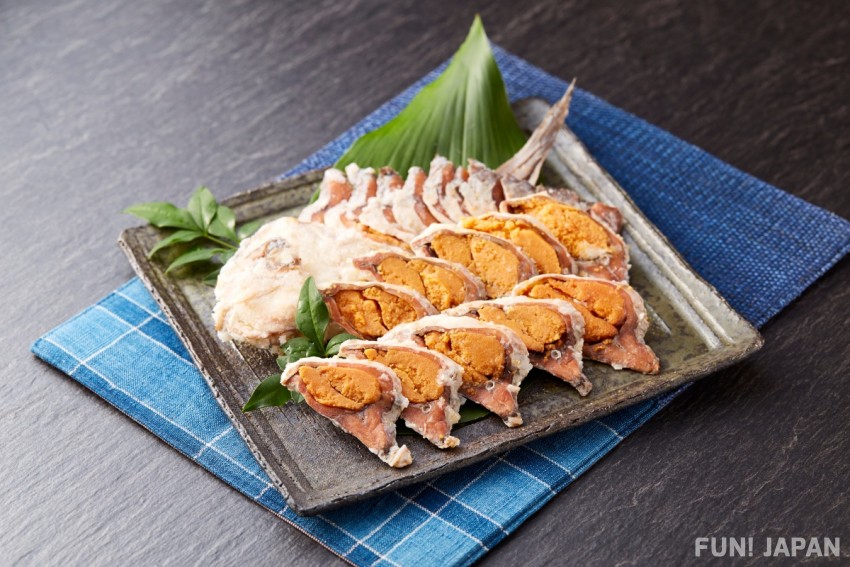
Kanji Explanation
鮒 is read as "FUNA" and consists of the fish radical (魚) and the character "付" (fu), meaning "to attach." This name is thought to come from the way funa swim in schools, following closely behind each other, or how they cling to aquatic plants in a star-like pattern. Funa live near the bottom of the water and have a wide distribution range, from Hokkaido to Okinawa, inhabiting various water environments.
About the Fish
Flavor & Texture
Fresh, in-season funa has a firm, slightly crunchy texture with a rich, fatty taste.
Seasonality
Funa is in season during winter when it is called "kanbuna" (winter funa). At this time, it becomes fattier, has less odor, and its firm flesh makes it even more delicious.
Main Production Areas
Funa is not commonly eaten everywhere in Japan but is a local specialty in places like Shiga, Saga, Nagano, and Okayama Prefectures.
Recommended Ways to Eat
Popular dishes include "arai," where funa is thinly sliced and chilled in ice water to firm up the flesh, as well as candied funa (kanroni). In Shiga, "funazushi," a traditional fermented sushi, is well known. Other regional dishes include Nagano’s candied small funa and Saga’s "funankogui," where funa wrapped in kombu (kelp) is simmered with daikon radish and burdock root.
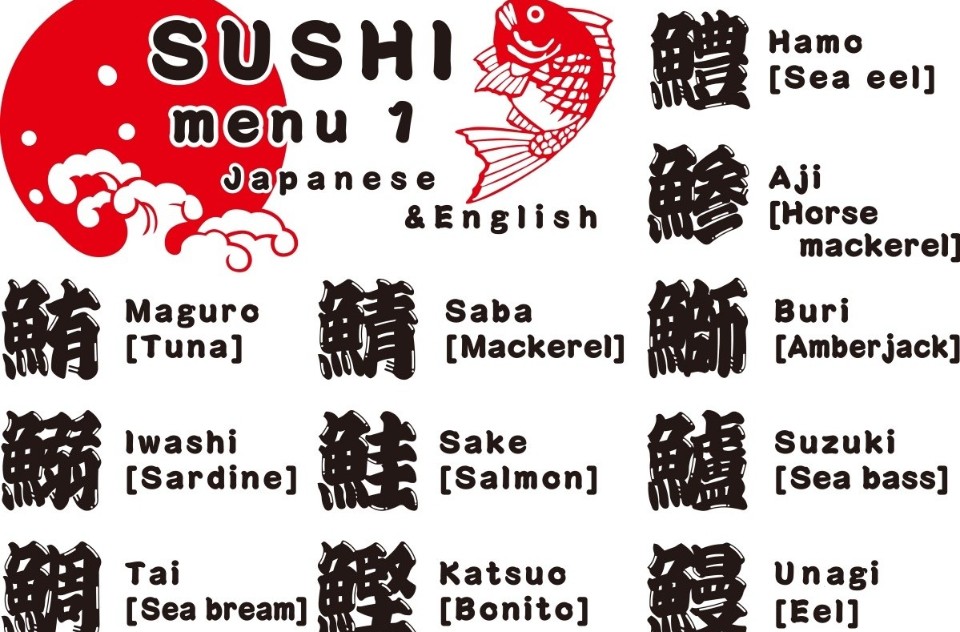
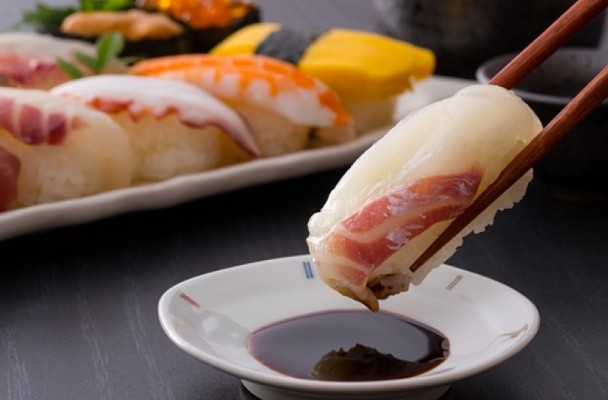
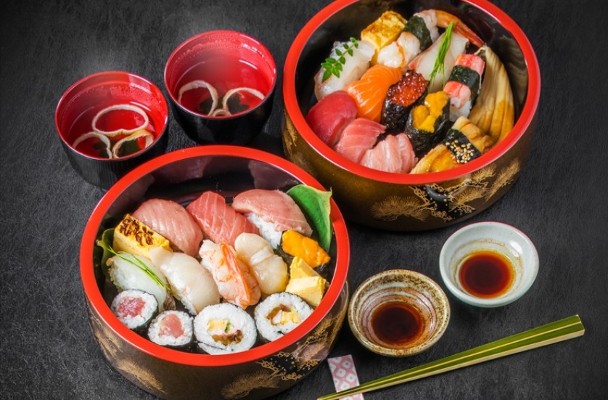
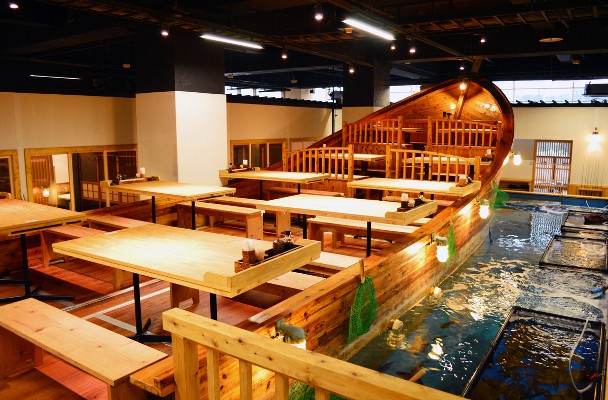
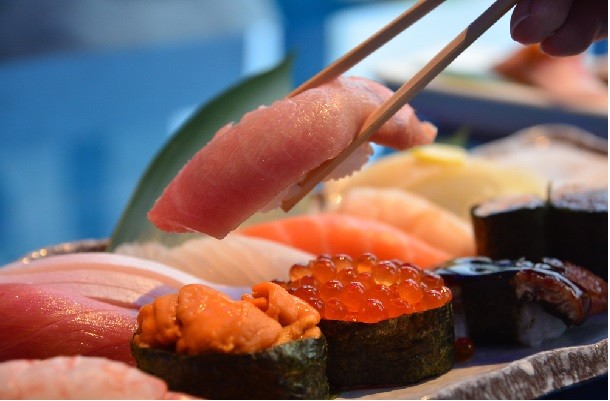
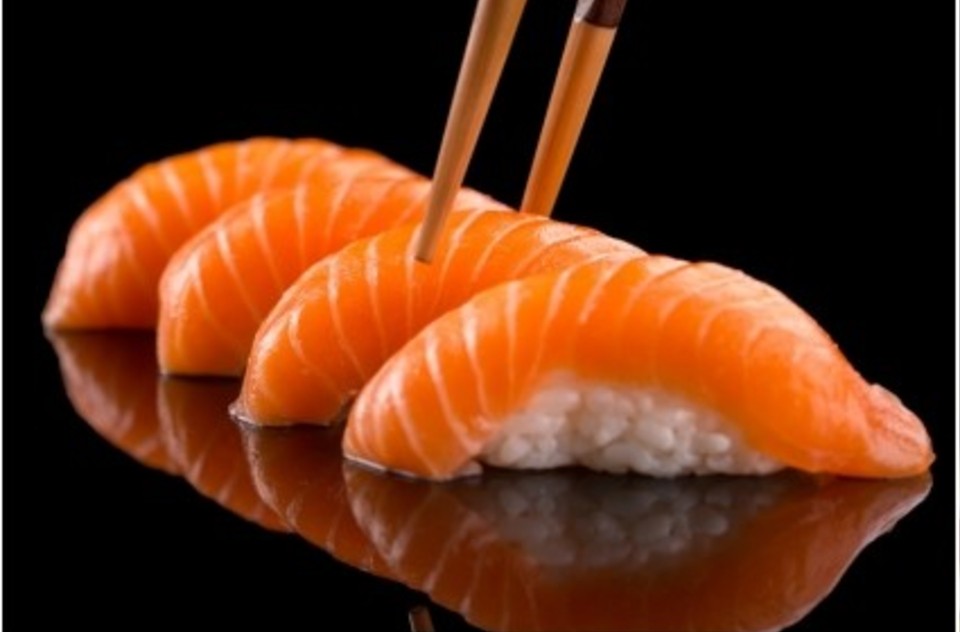
Comments